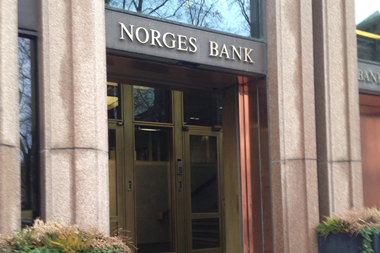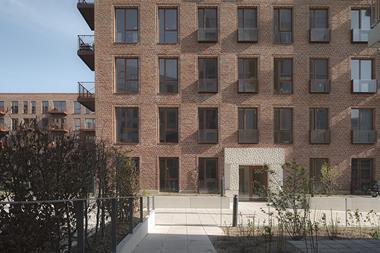Norway’s Government Pension Fund Global (GPFG) would have produced the same return if it had not embarked on a 10-year real estate investment programme, according to the sovereign wealth fund’s own analysis.
In a letter to the Ministry of Finance reviewing the management of the NOK12.4trn (€121bn) fund, Norges Bank Investment Management wrote that it had generated “approximately the same return and slightly lower volatility since 2011 compared to a hypothetical fund without real estate”.
The letter, penned by Norges Bank governor Øystein Olsen and NBIM CEO Nicolai Tangen, said: “Over the same period, the trade-off between return and risk in the fund has been marginally better than for a hypothetical fund with no real estate.”
NBIM said the latter was mainly a result of the fund’s unlisted real estate investments being less volatile than the instruments Norges Bank sold to fund them.
The assessment was in response to a request from the Ministry that NBIM analyse how its real estate investments – including listed, unlisted and both combined – had affected the fund’s overall return and risk.
GPFG made its first real estate investment in 2011, buying a 25% stake in The Crown Estate’s Regent Street portfolio in London. 10 years later, it is the 12th largest real estate investor in the world, with €31.9bn of property assets, according to 91��ý����’s latest ranking.
Tables of data accompanying the NBIM letter show the picture to be similar whether assessing the fund’s overall real estate assets or its unlisted property assets alone.
In a different assessment in the letter, NBIM said that, over the past five years, GPFG’s unlisted real estate portfolio had generated an annual return of 5.88%, below the 6.2% return for an MSCI real estate index adjusted for sectoral and geographical differences.
NBIM said that in comparing its unlisted property portfolio with the index, it had recalculated returns at the property level, excluding transaction costs, while the index included them.
“The reason why we have excluded transaction costs is that they have a much greater impact on returns during a build-up phase than in an established portfolio,” NBIM said, adding that MSCI estimated transaction costs in its index at 0.2% annually.
NBIM said the GPFG’s real estate investments were currently measured mainly against the instruments it sold to fund them, and that it constantly strove to improve its funding model for them.
“We are currently working on adjusting the ratio of equities and bonds that are sold to fund a real estate investment so as to reflect the individual property’s risk characteristics,” Olsen and Tangen said in the 13-page letter.
Factors that would typically be assessed, they said, were investment type, sector, age and quality, micro-location and lease status.













